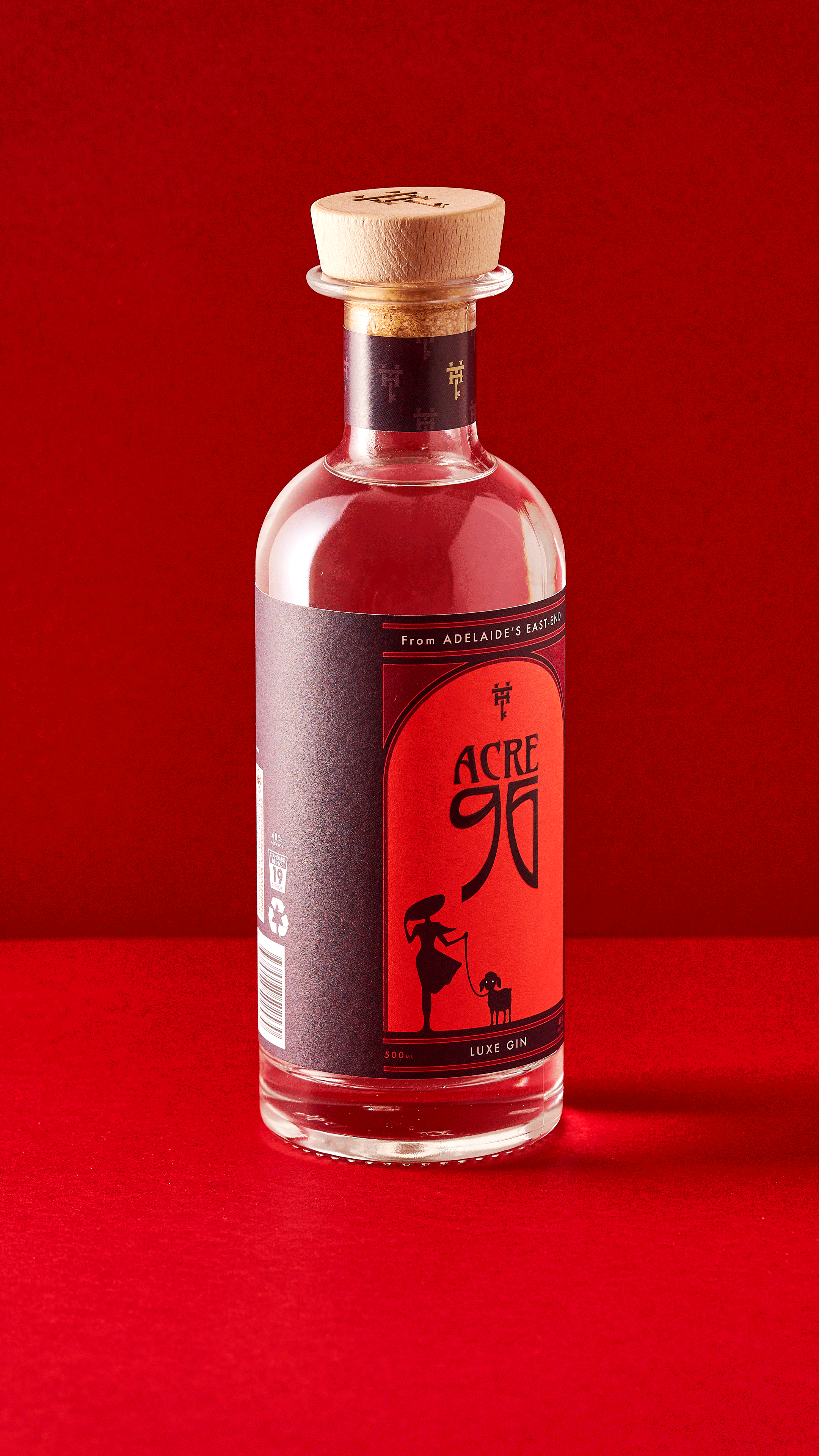Unleash the Power of Professional Product Photography for Your Business Success!
The world of e-commerce and online shopping is booming, with 13% of global retail sales now made online. Yet a staggering 87.6% of Gen Z consumers prefer the convenience of online shopping. As online shopping becomes easier and more globally accessible, we only expect that number to grow.
Research conducted by eBay.com Research Labs has unveiled the immense influence of product images on buyer behavior and conversion rates. Here's what they discovered:
Product images significantly boost buyer attention, trust, and conversion rates.
Listings with just one image already enjoy 2x the conversion rates of those with no images at all. And when you showcase two images, the conversion rates double again!
More images translate into higher probabilities of making a sale. So, the more, the merrier!
Quality matters! Listings with higher-quality images are often associated with more successful sellers.
Furthermore, good product images serve as brand missionaries by projecting your brand and style in a clear, effective, and persuasive manner. Your product photographs strengthen your brand and increase its relatability, regardless of how modern, elaborate, or in the center it is. Additionally, credible product photos are recognized to build consumer confidence in both your brand and your products.
Now you might be asking what makes good imagery? More so what will convert my traffic to sales? Well its not that complex on the face.
-
High Resolution
-
Color Accurate
-
Consistent
-
Clean
-
Animate
High Resolution
How High a Resolution Should You Go?
This is best discussed with your website designer. But the general rule is 800x800px or a maximum of 100kb. This is true of today, but as the internet becomes faster, this will change. I find the best solution is to provide 3 images at different resolutions: 800x800, 1920x1920, and 3500x3500. This way, all bases are covered, even for physical printed media.
For most circumstances, I would recommend 800x800 for scrolling imagery and 1920x1920 for enlargement images to make sure we capture the details the customers want to see.
.jpg)
.jpg)
_edited.jpg)
800x800 REDUCED TO 233x233
1920X1920
REDUCED TO 642x642
3500x3500
REDUCED TO 908x908
Color Accurate
One of the most critical areas for online sales is providing color-accurate images. Customers want to receive what they see online, and if the colors are not true to life, then you are opening yourself up to returns.
Camera companies apply a "color filter" to their images to make them look most appealing to the general user, hence the "canon look." Then, to add to the problem, light and environment can also affect the color.
To combat this, we make sure to use strobe lighting, color charts, and color-corrected monitors. The strobe lighting is used because they are very powerful and accurate lights, meaning we can overpower any undesired lighting if we need to shoot on location and provide consistent color.
We also use color charts for every lighting setup. Color charts are run through software that corrects colors to be as accurate as possible for every image.
Finally, for every shoot we do, we color correct our monitors to make sure what we see on the screen is as close as we can get.
Meaning the photos that are delivered to you are as color accurate as they can be digitally. The only unknown is the customer and what type of screen they are viewing your website on. But by having a color-accurate digital image, you know the customer will be seeing the best representation of your product possible.

Before Color Correction

After Color Correction
Consistency
Your product range will never stay the same, so neither will your website. As your product range changes, you will need new photos. But you want all the images to look the same. Don't worry; we have you covered!
Along with color accuracy, consistent lighting, camera, and environment setups will provide images that look as though they were all taken on the same day.
With every shoot and lighting setup, a sketch is drawn up with measurements and settings to ensure that if this shoot needs to be reproduced again, we can accurately replicate the same setup.
Clean
Or, as we in the industry call it, retouching. No matter how clean your products are, there will always be dust, scratches, machine marks, and whatnot to deal with. This is where the talent of Photoshop comes in, from the very basics of cutting out products to complete clean-ups.
This is where the real work is. It is what makes or breaks good images, as it is very easy to make something real look fake. We do our best to keep everything looking authentic; this can mean keeping some imperfections in place. Imperfections are what make everything real. But as always, this is completely up to your preference, and we can do anything you like.

Before

After
Animated
Customers are wanting more and more details of products before they purchase online, and the data shows that the more images and details you provide, the more likely a customer becomes a sale. This includes close-up details like stitching, materials, and fine details, etc. Not only do we provide multiple shots of your products, but we are also seeing a rising demand for 360-degree rotation gifs. These gifs allow the customer to get a full view and representation of what they are purchasing.
